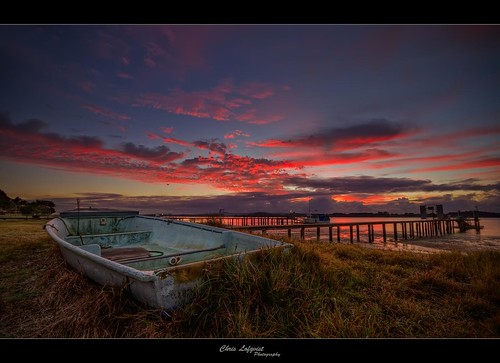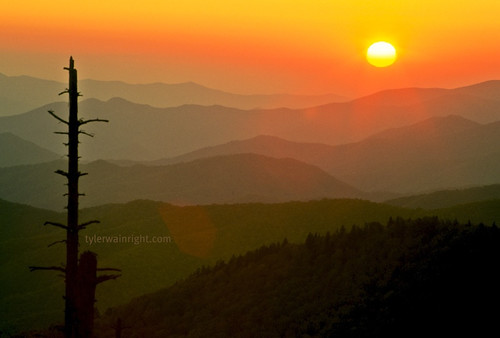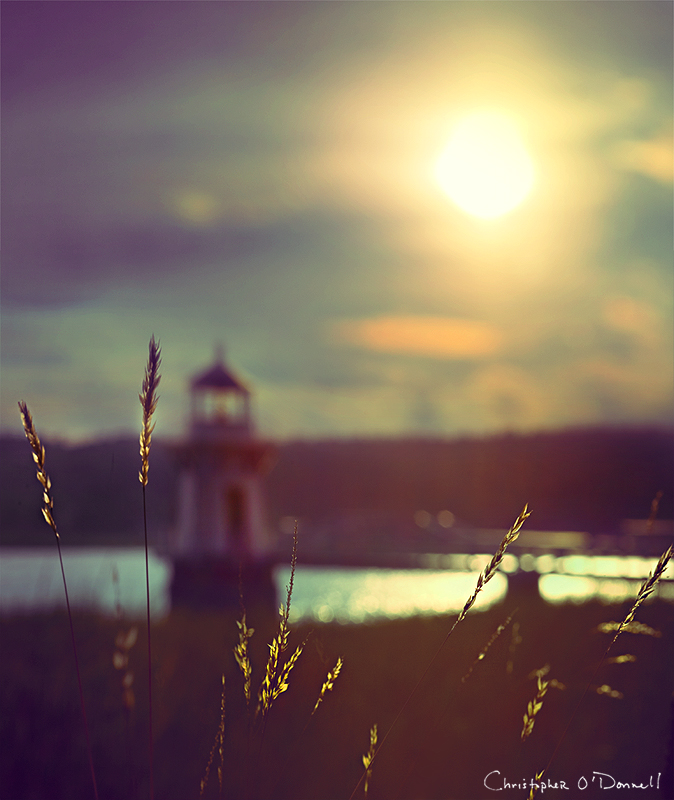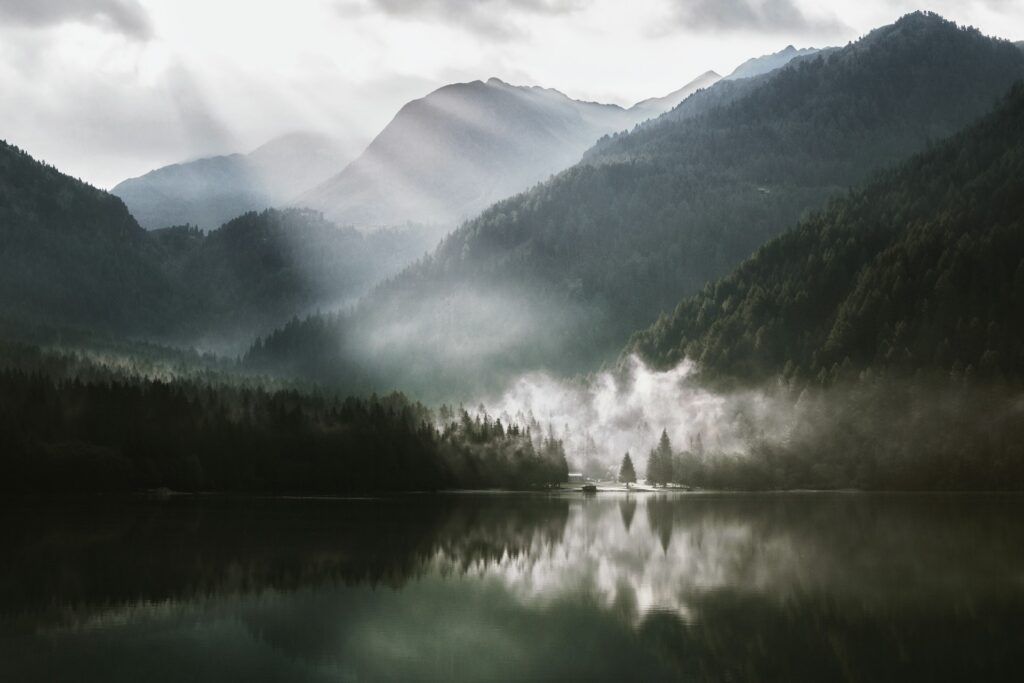The concept of foreground interest is not a new discovery, but it’s a monumental way to take an ordinary image and make it stunning. Images with foreground interest (mostly landscapes) are generally more visually intriguing than those without. It creates a layered photograph that provides a focal point to start on, and then allows you to expand to other parts of the image. This concept works especially well when you have an overbearing subject (such as the sun) as a strong foreground object can help balance out your photographic composition.
How to Find Foreground Interest
Foreground interest is much more than just putting your subject front and center – it is a focal point that compliments your subject and adds more interest to an already-intriguing photograph.
Let’s say you’ve found a subject you want to capture – it could be a scenic mountain vista or simply a passer-by in the street. Once you know your focal point, look at your surroundings and find something that you can use to create foreground interest. This could be a person, rock formations, a leaf on the ground – so many different things could work their way into your photo. Once you’ve found both your focal point and an interesting foreground object, you can then recompose your shot to include both subjects – just make sure to explore different perspectives.
Here, the photographer found a stunning coastal sunrise – a great subject but something seen quite often. Looking around their environment, they settled on an abandoned boat to serve as their foreground object, which not only increased the interest level greatly, but also made it a more attractive photograph overall.
The best photographs have foreground interest that don't just provide something else to focus on, but compliments the overall composition or subject matter– a true sign of a knowledgeable photographer.
This photo is the perfect example of foreground interest used to compliment an image rather than overpowering it. The scenic Smoky Mountains in the background is the main subject and would be a beautiful image itself. However, the photographer chose to include the barren tree trunk in the foreground, which gave an imposing focal point and helped to balance the image so that you’re not “stuck” on the setting sun.
Tips for Using Foreground Interest
Use your aperture to pinpoint your focus on either the foreground or your subject – this is a great way to create artful images while also defining where you want your audience to focus in on.
In my image here, I wanted to create something unique with a traditional subject: lighthouses. I found a field of tall grass and used that as my foreground interest, and then shot wide open (f/1.8) in order to blur my subject (the lighthouse). You can still make out that it’s a lighthouse, but my aperture provided a soft background which helped make the individual blades more defined and prominent – if I shot this at f/11, they would simply blend in with the background.
In a previous article, we discussed how your focal length can affect the distances in your image – most notably exaggerating and compressing them. In the image above, I used an 85mm prime lens as that provided a good focal length to make the lighthouse large enough to identify. If I decided to use a wide angle lens, it would appear to be too far in the distance and not be as prominent as it is now. Keep your focal length in mind when composing your image with foreground interest as it can greatly affect how much weight you want it to have in your overall composition.
There are many ways to use foreground interest to your advantage – this article is simply an introduction to it's effectiveness. Next time you're out on a photo shoot, try to incorporate this into your next image – use different perspectives, apertures, and focal lengths to see how recomposing to include some foreground can greatly change the impact your photo has.
Read more great articles by Christopher O’Donnell at his blog or follow him on Facebook.








4 Comments
I love articles about composition, keep it up!
Nice article. I’m always trying to improve my compositions and you have some great tips. I especially like your unique twist on the lighthouse picture. Love how the grass is lit up from the sun.
Good article, good photos. Having something in the foreground can indeed improve composition and the interest level of a photograph.
Have Fun,
Jeff
Great article, well explained and beautifully illustrated, as ever, by Mr O’Donnell